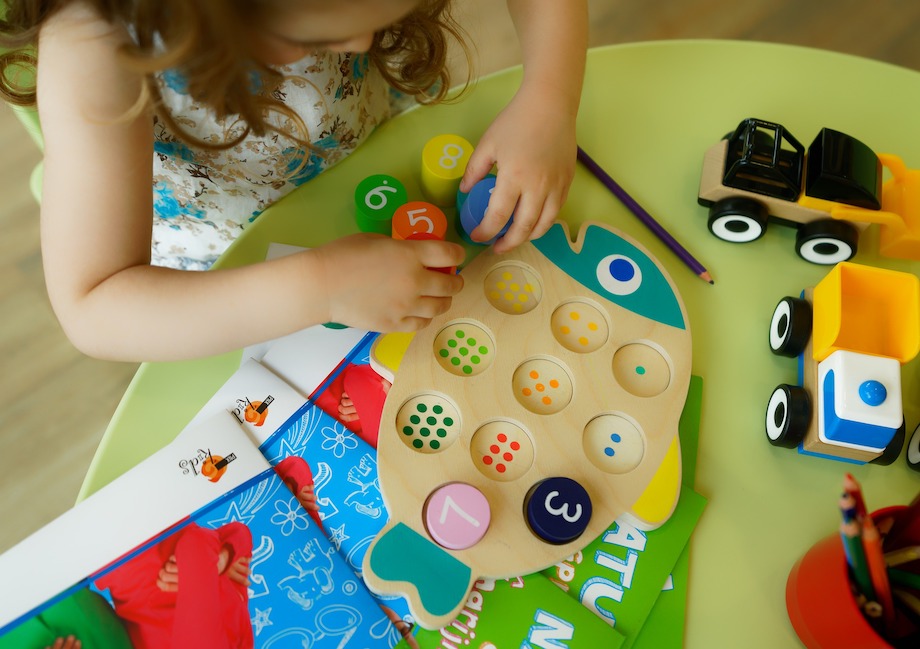
I’m the first to admit that I don’t much like tech. I am a bit mad at technology, in general. I’ve been moderately grumpy since smartphones were invented.
People say, “But isn’t it great to be able to connect with loved ones all over the world?” and I think, “Wasn’t it great in the olden days, when we could connect with the kid on our lap?”
I’ve spent so long being cross with tech (in a non-specific, atmospheric sort of way) that I am at risk of developing a downward-turning mouth. I’m also enough of a nerd to know that the act of smiling triggers chemicals in our brains, making us measurably happier! Clearly, I need to either grin and bear it or learn to make the best of living in a tech-saturated world so I can smile again.
Apparently, tech is here to stay, so instead of being cross with it I must embrace the gifts it brings – while setting healthy limits to minimise harm.
The gifts are numerous: I cherish being able to Facetime my overseas in-laws, I love texting my friends and making plans to hang out, and not a day goes by that I don’t stream music or listen to podcasts. Meanwhile, cleverer people than I are doing extraordinary things because of tech. Doctors use lasers and screens to perform non-invasive surgeries, while designers create specific software ensuring farmers use water more efficiently. Advances in tech make incredible CGI movies, and electronic music often makes me want to dance.
Now let’s take a moment to realise that most of those examples showcasing the awesomeness of tech are advantageous for adults. Sure, there are kids who will benefit from keyhole surgery and who love a boogie to Daftpunk, but overwhelmingly, the technological realm is not a place that has been designed with children in mind.
The original creator of the internet, Sir Tim Berners-Lee famously said, “It is for everyone.” But the thing is, Sir Tim, it’s not. Not really. That’s a beautiful sentiment, but – as always – when something is supposed to be “for everyone”, it ain’t. If there are not active processes in place for protecting the vulnerable (for example, children) there will be exploitation and harm, knowingly or unknowingly.
Let me explain what I mean with an exercise of imagination. Think of the internet as a landscape, and each social network as a town square.
How are people treated in that town square? Are there hanging baskets of flowers or is it a bit unkempt? Are the neighbours smiling or surly? Are visitors given accurate directions to get around town or are they mugged in an alley? Is this town square a place where people help the elderly across the road? Is there somewhere for a breastfeeding mother to feed a hungry infant without pervy dudes turning up? And if they do turn up, will the townspeople support that mother in getting rid of them, rallying in the name of decency and infants’ rights?
Imagine it: pretend that Instagram, SnapChat, Facebook and even the comments section on Stuff are actual physical places. Does everyone in those places want what’s best for us and for our families? In reality, we have to tread carefully in those virtual town squares, as they also house shady villains mining us for data and trying to sneak a peek at our undies. And if we are busy in the town squares, then where are our children? The kids are home alone! Or worse! They’re wandering around in other town squares – without us to chaperone them! There is something wrong with that picture.
As we leave the virtual town squares and take some deep breaths in our real lives, you might notice that our lives are both wonderful and difficult. Our families are both beautiful and annoying. Real life isn’t always dappled sunshine and birdsong. Real life is often messy and trying, even stinky. Is it any wonder we have all fallen hook, line and sinker for the shiny distraction of tech?
Those phones in our pockets have been designed to give us hits of pleasure on a neurobiological level in a way that, say, emptying the recycling bin cannot. It’s not surprising that the digital world competes so aggressively for our attention. There are design techniques at play to make us struggle to keep our minds (if not our hands) off our phones.
All that distraction is not good for us, or for our relationships. Numerous studies have proven that 98% of people do better when they concentrate on one task at a time. Multitasking is only real for that heroic 2%. The rest of us just fake it with “switchtasking” – zipping from one thing to another and back again. If you’re already prone to this habit, adding pings and dings will only offer more opportunities to divert attention – which is exhausting. Our attention is a precious, limited resource. Spend it wisely.
So how do we make the most of tech’s gifts, while providing a shelter big enough to protect ourselves – and our kids – from the documented harms that come from too much tech?
First, as you go to unlock your phone for the 40th (or 100th) time in a day, be honest with yourself about your intention. Are you about to use the tools of tech to be creative? Are you about to be productive? Or are you just seeking escape from whatever (whoever!) is in the room? Remember: attention is a finite resource and our kids deserve our focus. You might say that entertainment media is the enemy, social media is a frenemy. Notice your intention and get ready to shake up your routine: can you go for a wee walk instead? Can you think of an outdoor job to do?
I’m not just making that up: that bears out in the research. If we can spend two hours per week outside, preferably in nature, we will be measurably happier. This finding comes from a recent study headed up by Mathew White of the University of Exeter Medical School.
Having surveyed 20,000 people, the researchers found that people who spend two hours per week in green spaces had better health and wellbeing than those who don’t. If I’m honest, I know that in a busy week I might struggle to make it to the beach or for a bush walk, but I’m convinced that even 10 minutes at a time walking to and from the compost, looking up and breathing deep makes a difference. Give it a go.
What else can we do to shake up our tech habits?
- Be deliberate with your settings. If you take the time to set up your phone with custom dings, you will know without looking whether the incoming message is something you need to mess with or not. Our phones make the same noise for an urgent message from your teenager as for an update from your weather app – unless you programme them otherwise. Always turn off ‘autoplay’ on YouTube and remember you can programme your Wi-Fi to turn off at certain times.
- Pledge to use one device at a time. If the family are watching a movie, watch the movie. No phones, no tablets, no laptops. The shared experience and the conversations that go with that are compromised if people are diverted by individual tech use.
- Encourage old school playthings. Books, balls, blocks. Pens, paper, puzzles.
- Commit to screen-free mealtimes. Mealtimes have shown themselves to be crucial family rituals for building and maintaining closeness, and tech at the table gets in the way.
- Prioritise the people and relationships that exist in the room. The physical bodies in our presence have to take precedence – especially when we are talking about our kids. Babies’ brains are growing so fast, and our tech habits impact their development in worrying ways that we are only just starting to understand.
- Remember: what little kids need to learn and develop is love, attention, and plenty of free time. They need conversations, and opportunities for active, hands-on play. Screens (whether in their hands or in the hands of their parents) tend to get in the way of these things.
- Be willing to surf the waves of struggle when you boot your teens off their tech. Throughout history, adolescence has been a time of apprenticeship – learning how to function in the adult world. Big kids are capable of learning practical skills: how to split wood, fold washing for minimal wrinkles, dice an onion. These are skills best learned at the elbow of a parent, not from an online video, and they are skills that all young people should learn. Our children can (and should!) pull their weight – or at least make an effort. It’s hard to set the table for dinner when your nose is in a phone, which leads me to …
- We have to be willing to tolerate some complaints as we instil limits for the good of our families. The blogger Melissa Gibson, writing on ScaryMommy.com, said of her tech-free summer, “I’m going to tell you exactly how to have a Summer of No Devices for your own family. YOU JUST TAKE THE DEVICE AWAY. And then when they ask for it? YOU DON’T GIVE IT TO THEM.” The complaints may be inevitable, but they won’t last forever. Call them withdrawal symptoms as they unplug from a device that’s been designed to hold attention.
There is a resistance brewing on the other side of this issue – there is strong advocacy from groups like the Centre for Humane Tech, urging tech companies to put design constraints in place to avoid “human downgrading”, and they have testified in the US senate at hearings looking into the predatory practices of persuasive design.
Meanwhile, advocates in New Zealand (www.sensiblescreenuse.org) encourage a critical look at tech use in our schools, and some schools themselves are creating change, like the Francis Douglas Memorial College in New Plymouth, which has turned off Wi-Fi at lunchtime since 2017, encouraging kids to play and talk. Face to face.
Help is coming, but we don’t have to wait for those solutions to come from on high. In the meantime, we can initiate solutions within our own homes. Tech’s here to stay. So, let’s not get mad at it, let’s channel energy into setting limits, avoiding the harms, and embracing the best bits of tech.







